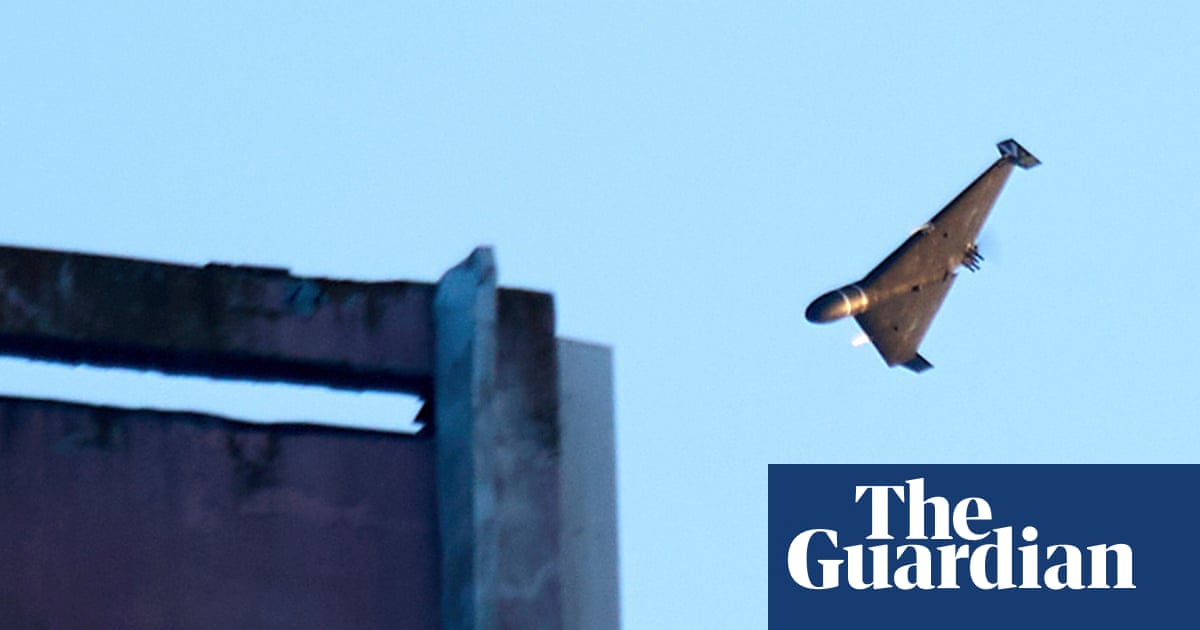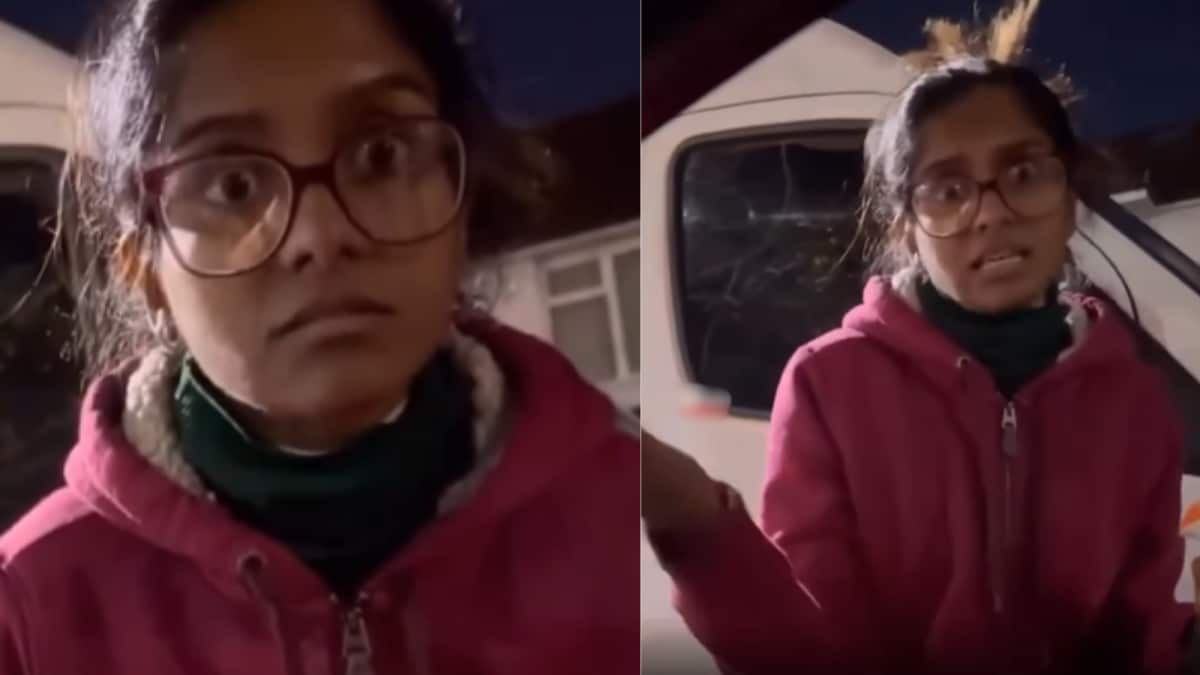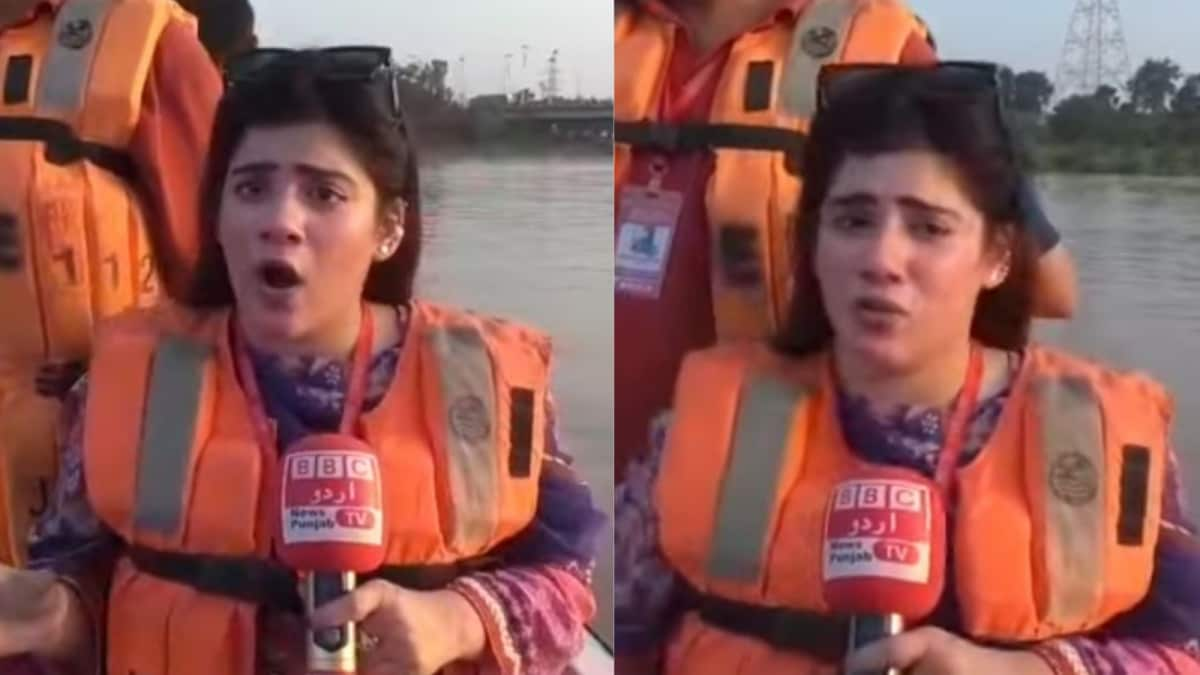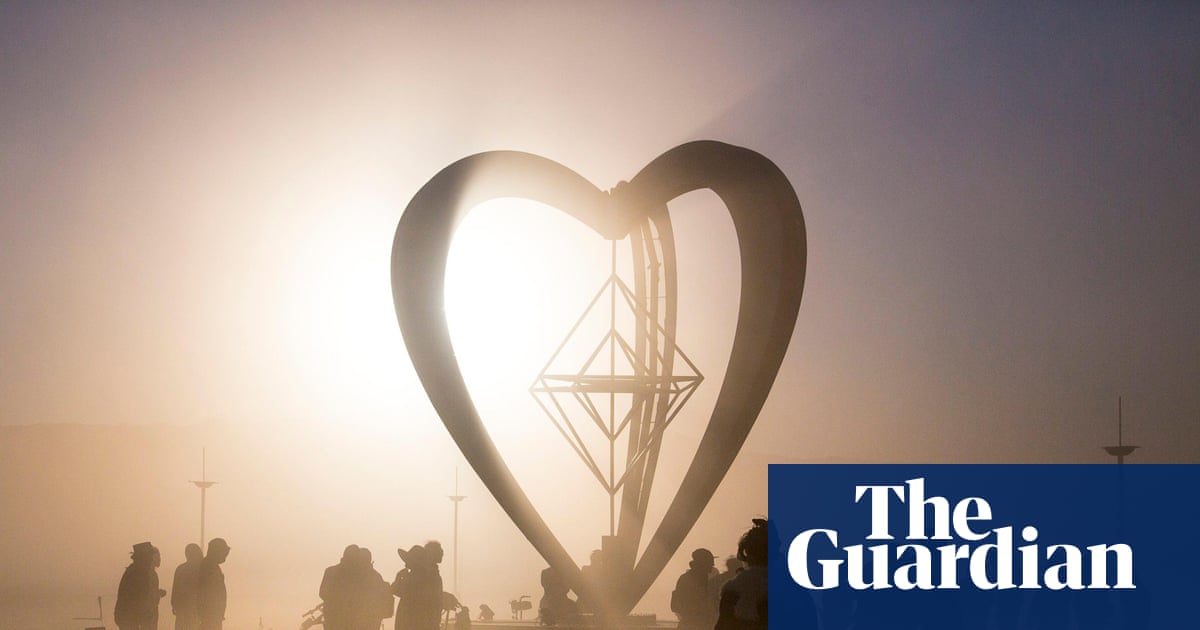Shocking Revelation: Russia Using Children to Build Drones for War!

Imagine logging into a video game and unknowingly preparing yourself for a role in a military conflict. Sounds surreal, right? But that’s exactly what’s happening in Russia, where kids are being pulled into the war effort through seemingly innocent competitions that lead to drone design and testing!
According to a stunning investigation by the exiled news outlet, Insider, Russian authorities are cleverly integrating children into the defense industry. This isn’t just about playing games; it’s about molding the next generation of drone engineers, with many young talents being headhunted by defense companies.
“The kids are actively involved in modeling components of systems for various drones,” one teenager revealed, shedding light on the depth of their involvement. It's alarming to realize that while they might be using their creativity and skills, they’re also being groomed for a complex and dangerous military landscape.
As the war in Ukraine escalates, President Vladimir Putin has been pushing for a ramp-up in drone production. Drones have become pivotal in modern combat, offering strategic advantages on the battlefield. The competition for the most innovative tech minds is fierce, with Russia looking to capitalize on the brilliance of its youth.
The journey into this military tech world often begins with a video game called Berloga, launched last year. In this game, players control “intelligent bears” defending against swarms of bees, utilizing drones for protection. It may sound adorable, but for many kids, excelling in this game can translate into extra school credits, essentially incentivizing them to get involved in something far more serious.
Those who excel in Berloga can advance to competitions like Big Challenges, where students are scouted by defense companies, some of which are under international sanctions. Insider spoke with three finalists deeply embedded in drone technology who acknowledged the military applications of their work but were instructed to frame it in civilian terms.
“We were forbidden to say that it was needed for the war,” one student confessed. “We invented civilian applications. It’s a children’s program… a project must always have a dual purpose.” This chilling assertion reveals how the lines between innocent education and military exploitation have blurred.
On the battlefield, both Russia and Ukraine have utilized small FPV (first-person view) drones, which have proven to be deadly. But the war's drone dynamics are evolving, with nightly bombardments of kamikaze drones terrorizing cities, including Kyiv. It's a stark reminder of how quickly technology can shift from playful to perilous.
Beyond just design, children are being shown working on the assembly lines of larger drones, as revealed in a recent documentary by Russian state media. They were seen constructing kamikaze drones at a facility known for producing military-grade technology, raising significant ethical concerns regarding child labor in conflict zones.
Employing minors in military production not only poses moral questions but also contravenes international humanitarian laws designed to protect children. With footage showcasing teenagers at work, this story adds another layer to the already complex narrative of the war in Ukraine.
Among the products of these facilities are the Geran-2 kamikaze drones, a locally produced variant derived from Iranian technology, claiming to target military infrastructure. Yet, the reality is much grimmer, with reports of these drones frequently hitting civilian areas.
In a disturbing twist, Zvezda, a state-run TV channel, disclosed that children as young as 14 are being invited to study drone manufacturing. Footage from this report showed minors working in factories, their faces blurred for anonymity, further illustrating the troubling reality of child involvement in military operations.
Some children have even described experiences like training soldiers in drone operations within government facilities at only 13 years old. Such narratives emphasize the pervasive and alarming entanglement of youth in warfare.
In Russia, independent journalism faces severe restrictions, forcing many journalists into exile. In an effort to uncover the truth, correspondents from Insider posed as state media reporters, hoping to gain trust and reveal the grim reality behind these competitions.





























